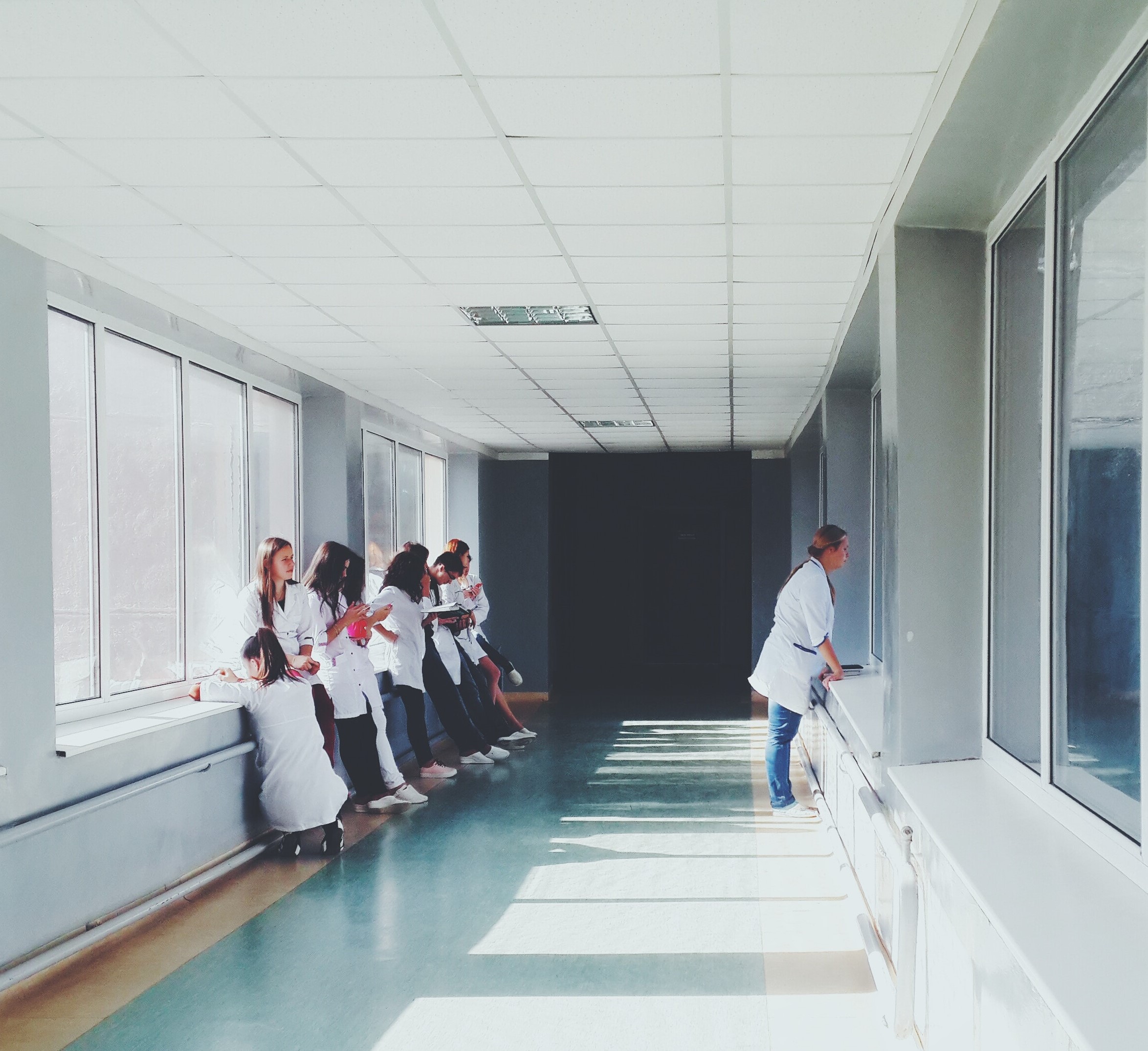Although we’re still early in the course of the coronavirus, 2019-nCoV, the CDC is reporting that the fatality rate appears to be less than originally reported – from about 3 percent to now 2.2 percent.1 Helping to quell the spread and impact, many governments and organizations are taking action to help ensure that screenings take place and those believed to be exposed seek treatment early.
The situation in the United States
The virus can be spread in a few ways, but the most common is from person to person, where the virus is contracted from respiratory droplets produced when an infected person coughs or sneezes. It can also be passed through direct contact with an infected person or touching an object or surface with the virus on it, then touching your mouth, nose, or eyes before washing your hands.2
While person-to-person spread among close contacts has been detected with this virus, at this time the virus is NOT currently spreading in communities in the United States.
The only confirmed person-to-person spread in the U.S. to date was between a husband and wife in their sixties, who had traveled to Wuhan prior to the new year.
To help inform the public on how many patients may have been impacted the CDC reports and updates on Patients Under Investigation (PUI). The CDC also provides a map of where there are confirmed cases in the United States.2
As of 2/5/2020, People under Investigation (PUI) in the United States (Source: CDC.gov)
| Positive | 11 |
| Negative | 206 |
| Pending | 76 |
| Total | 293 |

Washington, California, Arizona, Illinois, Massachusetts (source: CDC.gov)
How severe is the threat?
Unfortunately, the complete clinical picture around 2019-nCoV is still not clear. Reported illnesses have had a wide range, from mild illness to severely ill and dying. However, it should be noted that in this situation, people with severe illness are generally elderly and/or people with other significant medical conditions.
The CDC believes at this time that symptoms of 2019-nCoV may appear in as few as two days or up to 14 after exposure, based on experience with previous similar viruses. Symptoms can include:
- Fever
- Cough
- Shortness of breath
What is my risk of being infected with the Coronavirus ?
The fact that this virus has caused severe illness and sustained person-to-person spread in China is concerning, but it’s unclear how the situation in the United States will unfold.
This is a serious public health threat; however, one must keep in mind that the risk to individuals is dependent on exposure. At this time, some people will have an increased risk of infection, for example healthcare workers caring for 2019-nCoV patients and other close contacts.
For the general American public, who are unlikely to be exposed to this virus, the immediate health risk from 2019-nCoV is considered low. The goal of the ongoing U.S. public health response is to contain and prevent sustained spread of 2019-nCov in this country.
What to Expect in the days ahead?
More cases are likely to be identified in the coming days, including cases in the United States. As a result, what has occurred previously with MERS and SARS, it’s likely that person-to-person spread will continue to occur.
What can I do to protect myself from being infected with the Coronavirus?
You may be wondering if you should wear a surgical face mask or respirator. Currently, the CDC does not recommend that people in the U.S., who do not have the coronavirus, wear face masks in public to prevent infection.3 This is mainly due to the low number of cases and that masks may be loose fitting. When the wearer inhales, there is potential for particles to leak in or out of the sides. This can happen when wearing common surgical masks or an N95 respirator.4
The CDC recommends that you take the following preventive actions to help prevent the spread of respiratory virus:
- Wash your hands often with soap and water for at least 20 seconds. If soap and water are not available, use an alcohol-based hand sanitizer.
- Avoid touching your eyes, nose, and mouth with unwashed hands.
- Avoid close contact with people who are sick.
- Clean and disinfect frequently touched objects and surfaces.
As time goes on and additional reports from around the world are compiled, better information regarding the virus will be available. We’ll continue to make updates, but recommend visiting the CDC for the most up to date information.
For those who may have been exposed through contact to the Novel Coronavirus, contact your healthcare provider immediately. Wellfleet Student members, can contact their student health care centers or visit their schools page on https://wellfleetstudent.com/ to find a provider.
2 How 2019-nCoV Spreads, U.S. Centers for Disease Control and Prevention, 2020.
32019 Novel Coronavirus (2019-nCoV) in the U.S., Centers for Disease Control and Prevention, 2020.
4 Can Face Masks Prevent Coronavirus? Experts Say That Depends


